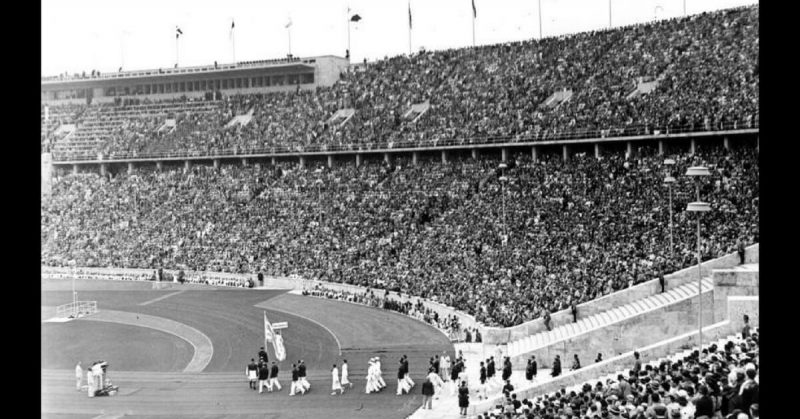This year marks the 81st anniversary of the 1936 Summer Olympics held in Berlin, Germany. Often referred to as the “Nazi Games,” the games were an attempt by Adolf Hitler to showcase Germany as a sophisticated world power. The games are notable for many things and were loaded with controversy. Below are the ten things you should know about the Nazi Games.
Television
Though television was not yet mainstream, and wouldn’t be for another 20 years, the 1936 Olympics were televised. The broadcast was limited to special viewing booths in Berlin and Potsdam.
The broadcasts were handled by Telefunken and Fernseh who used RCA equipment to produce the broadcasts. The crew used three cameras, which resulted in some dark areas mid-broadcast. The cameras used shot 180 lines at 25 frames per second.
In total, the two companies shot over 72 hours of live coverage of the Olympics. Not only was this the first Olympic games ever televised, it was also the first sporting event ever televised. The games were also heavily broadcasted via radio, with over 40 countries receiving transmissions from the games.
Won Before Hitler
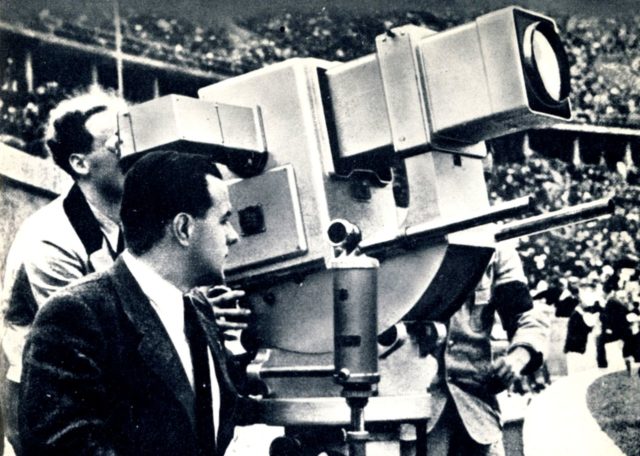
Germany actually applied and won the Olympics before Adolf Hitler rose to power. Germany’s bid to host the 1936 Olympics was accepted in April of 1931. They beat out Barcelona, Spain in their bid. Once Adolf Hitler got into power (1934), he made several changes to the games in an attempt to outdo the 1932 Olympics which had been held in Los Angeles. This was due in part to the fact that he wanted it to be the biggest Olympic games ever.
Torch Relay
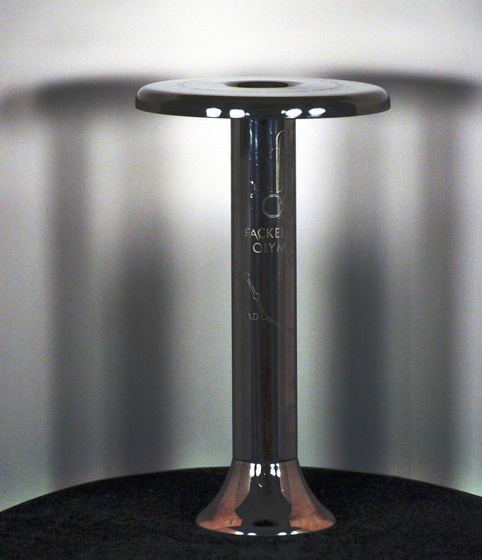
The 1936 Olympic games were just the third Olympics to have an Olympic Torch. The Nazis wanted to make sure theirs was unique, so they chose to have a torch be lit in Greece, using the sun’s rays, at the site of the first ever Olympics.
The torch would then travel across Europe until it reached Berlin, finally lighting the Olympic Cauldron. In total, there were over 3,300 torch bearers who relayed the torch from Olympia to Berlin. Today, the torch is relayed across the world in this same format, and it is regarded as the start of the modern-day Olympic torch relay.
Controversy
The 1936 games were full of controversy. First off, the Nazis didn’t want Jews or Black People to participate. Because of this, several countries discussed boycotting the games altogether. The talk worked, and the Nazis allowed Black People and Jews to participate.
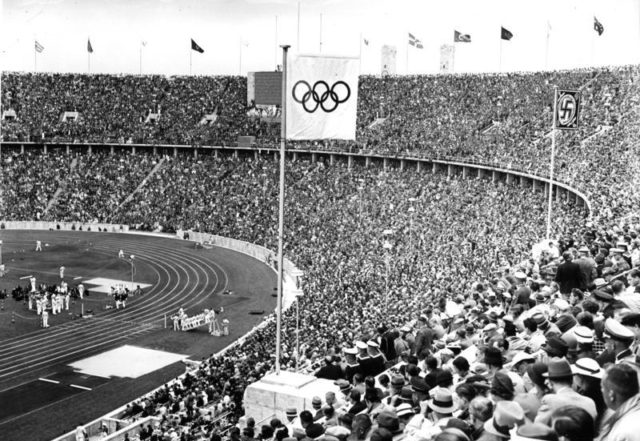
The Nazi Party believed that Berlin was a bit dirty with a certain group of people. So, in an attempt to clean up the city, Berlin police were given the authorization to arrest all those of Romani descent. These people were to be taken to the Berlin-Marzahn Concentration Camp, which was in Eastern Berlin.
Boycott
Many nations discussed boycotting the event. In several countries like France and the United Kingdom, there were even attempts to have the games moved to their respective countries. This was because the games were originally awarded to Berlin before the Nazi Regime taking power. Boycott efforts were unsuccessful, and 49 countries went on to participate in the games, which was the most teams ever to participate in the Olympics at that time. The Soviet Union, however, did boycott the 1936 Summer Olympics.
Spanish People’s Olympiad
The Spanish government boycotted the Olympics and created their own event, which they called the People’s Olympiad. It was to be held in Barcelona, at the same time as the Berlin Olympics. The games never happened, though, as the Spanish Civil War began one day before the People’s Olympiad was set to begin.
Germany Won Big
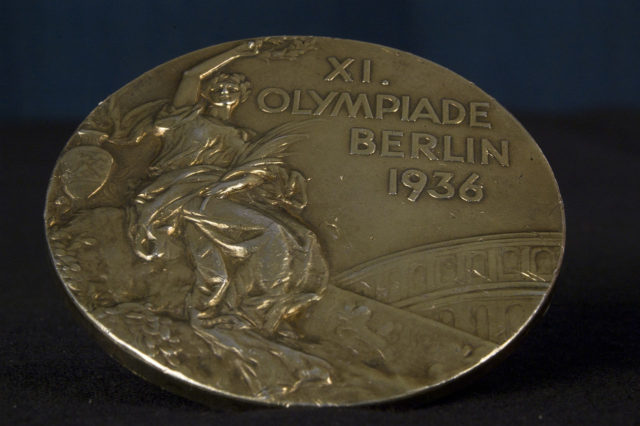
Germany won the medal count by a wide margin. In total, they accumulated 89 medals, and had the most gold medals (33). The next closest team was the United States, who won 56 medals, 24 of which were gold.
Jesse Owens
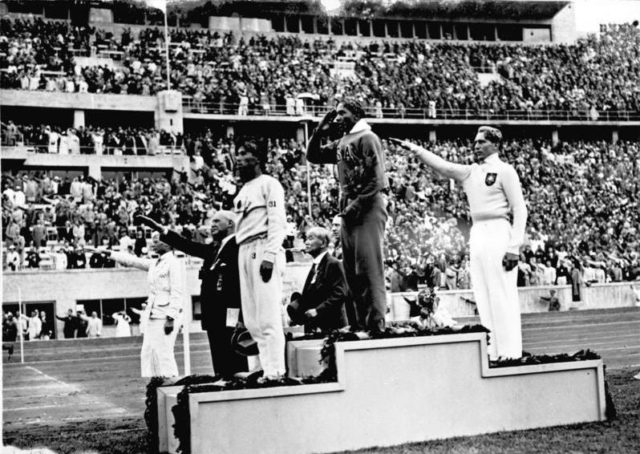
Jesse Owens was an African-American sprinter and long jumper. He was very successful at the games, winning four gold medals total. This irritated Adolf Hitler, although he did applaud his speed. Of course, Hitler didn’t want anybody of African descent to be allowed to participate in the first place, and even as the events wound down Hitler was quoted as saying they shouldn’t be allowed to participate in future events.
Olympic Venues
Germany spent a lot of money on the Olympics, building many venues for the games. Estimates say they spent around $30 million on the games, though no exact number is known as the city of Berlin, nor the Nazi Party, did not release figures regarding the games. But money was one issue as the Nazi party looked to host the biggest games possible. They even built a stadium to hold 100,000 spectators. That stadium still stands today and has hosted several World Cups.
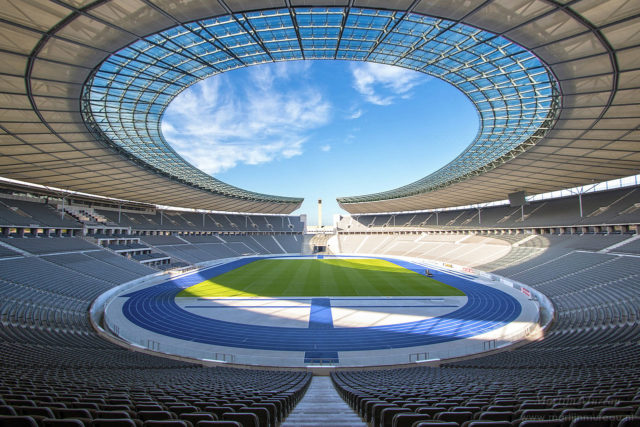
In total, over 7.5 million tickets were sold for the events. This was viewed as a success, and most events saw full crowds.
Olympic Village
Germany built its Olympic village to the west of the city in Wustermark. The village is huge and has several dormitory style buildings, small houses, dining halls, gyms, pools, etc. The village was used for the Olympics and then would see a totally different use just years later. During World War II, the Olympic Village would be used as a hospital for wounded German soldiers.
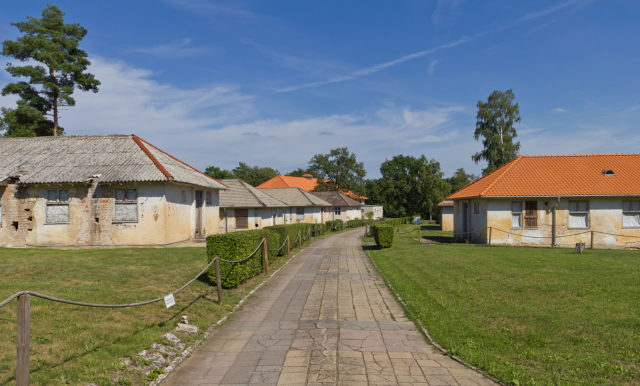
Following this, in 1945, the Soviet Union took over the village and converted it to a military camp. It would stay this way for over 50 years. Today, the village sits largely abandoned. Jesse Owens’ dorm has been remodeled, but the remainder of the complex has been decaying for years.
